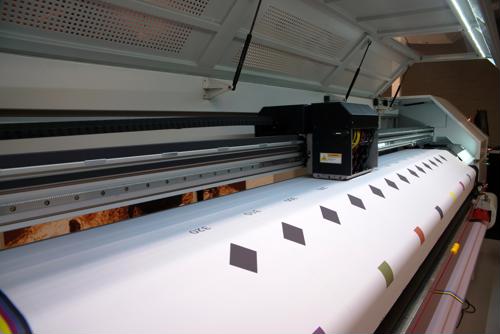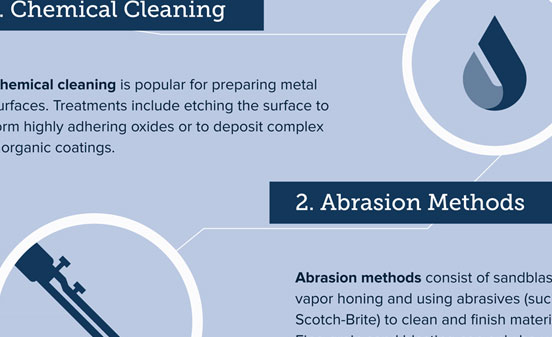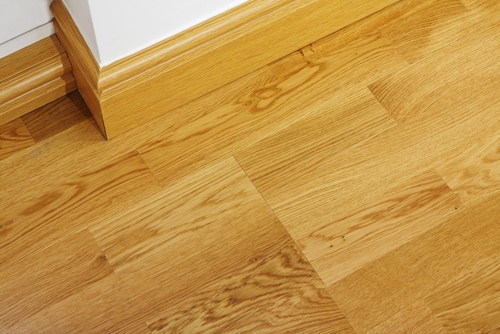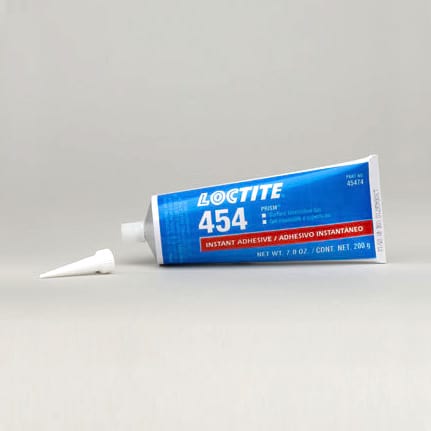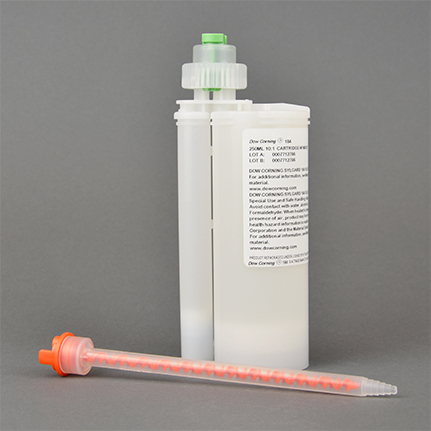

-
Description for Dana Lim Acrylic Sealant 502
A plasto-elastic one-component water-based acrylic sealant. Used for sealing around doors and windows, <br/>and for filling cracks, board joints, tube passages etc.Application Type Sealant 1 Part or 2 Part 1-Part Material Form Paste Substrate Bricks, Concrete, Treated wood, Anodised aluminum, Very porous surfaces, Ceramic, Glass Industry Used for board joints, Used for sealing around windows, Used for sealing around doors, Also suitable for acoustic joints, Also suitable for acoustic joints Manufacturer Dana Lim Chemistry Water-based acrylic, Water-based acrylic, Plasto-elastic Cure Method Air dry Application Temperature (°F) 41 to 86 Cure Temperature (°C) Approx., Small joints Cure Time (min) 1,440 to 2,880 Color White High Temperature Resistance (°C) 60 Low Temperature Resistance (°C) -20 Can Be Used In Conjunction With These Materials Most types of paint -
Technical Data for Dana Lim Acrylic Sealant 502
Overview
-
Application Type
- Sealant
-
1 Part or 2 Part
- 1-Part
-
Material Form
- Paste
-
Substrate
- Porous Substrates - Very porous surfaces
- Ceramic
- Brick - Bricks
- Concrete
- Glass
- Wood - Treated wood
- Anodized Aluminum - Anodised aluminum
- Other - Most materials
-
Industry
- Joints - Used for board joints, Also suitable for acoustic joints
- Acoustic Systems - Also suitable for acoustic joints
- Construction Window - Used for sealing around windows
- Construction Door - Used for sealing around doors
- Other - Used for tube passages, Used for filling cracks
-
Chemistry
- Acrylic - Water-based acrylic
- Other - Plasto-elastic
- Water-based - Water-based acrylic
-
Application Method
- Other - Hand- or pneumatic gun
-
Cure Method
- Room Temperature / Air Dry - Air dry
-
Color
- White
-
Can Be Used In Conjunction With These Materials
- Paint - Most types of paint
Specifications
Cure Specs
Application Temperature (°F) 41 to 86 Cure Temperature (°C) Approx., Small joints Cure Time (min) 1,440 to 2,880 Linear Shrinkage (%) 15.00 Test Method Tack Free Time (min) 7 Test Method Material Resistance
High Temperature Resistance (°C) 60 Test Method Low Temperature Resistance (°C) -20 Test Method Other Properties
Specific Gravity 1.6 (kg/litre) Test Method Business Information
Shelf Life Details 18 months in unopened packing, if stored cool and dry. Shelf Life (mon) 18 Not Good For
Don't Use For Not resistant to constant influence by water -
-
Best Practices for Dana Lim Acrylic Sealant 502
-
Application
Joint dimensions: The sealant can be used in joints from 0 – 25 mm width. To be apple to absorb maximum movements, however, the joint should be minimum 7,5 mm wide. Use joint back-up material in correct dimension, which is placed according to the wanted depth of the joint.
Notice: In most building applications, there will be an acclimatisation of the building materials during the first months. This will happen, after heating of the rooms. This will lead to shrinkage between the building elements, larger than the maximum movement accomodation of the sealant. Especially for narrow joints, this might lead to cracking of the joints. To repair this, the joint must be sealed again, when the building materials / elements have finally climatised.
The tip of the cartridge is cut off with a keen knife after which the tip is cut with an inclined cut, which is a bit smaller than the width of the joint. The sealant is applied using hand- or pneumatic gun.
The sealant is pressed in place and finished with a joint nail dipped in water, a wet sponge or a wet cloth, not later than 5 - 10 minutes after application.
-
Surface Preparation
All surfaces must be clean, dry, free of grease, dust and loose particles. Acrylic Sealant 502 can be used without primer on surfaces such as glass, anodised aluminium, treated wood, concrete, bricks and ceramic. Very porous surfaces should be primed with a dilution of 50 % water and 50% acrylic sealant.
-
Curing
The product cures by evaporation of water.
The joint will cure in approx. 1 – 2 days in small joints. Larger joints will require a longer curing time. The sealant will cure slower at lower temperatures and higher relative humidity.
-
Clean-Up
Uncured sealant is removed with wipes or hot water.
-
Removal
Cured sealant can only be removed mechanically.
Skin is washed with water and soap.
-
-
Comparable Materials for Dana Lim Acrylic Sealant 502
Spec Engine® Results
Popular Articles
Testing the effectiveness of surface treatments
Read ArticleInfographic: ENSURING A STRONG BOND - 6 Basic Methods of Surface Preparation
Read ArticleSponsored Articles
Unique Advantages of Contact Adhesives
Read ArticleUsing LOCTITE® 454™ is a Valid Option for Engineers Working with a Wide Variety of Materials
Read ArticleSylgard 184 by DOW is the Top Choice for a Transparent, Silicone Encapsulant. Read Why:
Read ArticleCase Study: Creating reliable, corrosion-free bonds with LORD® 406 acrylic adhesive
Read ArticleFeatured Ads

Linear Shrinkage Test Methods
| Linear Shrinkage | Test Method |
|---|---|
| 15.00 % | Cured, Approx. |
Tack Free Time Test Methods
| Tack Free Time | Tack Free Temperature | Test Method |
|---|---|---|
| 7 min | 23°C | Skin formation, 55 % RH. |
High Temperature Resistance Test Methods
| High Temperature Resistance | Test Method |
|---|---|
| 60°C | Cured |
Low Temperature Resistance Test Methods
| Low Temperature Resistance | Test Method |
|---|---|
| -20°C | Cured |
Specific Gravity Test Methods
| Specific Gravity | Test Method |
|---|---|
| 1.6 (kg/litre) | Uncured, Approx. |



